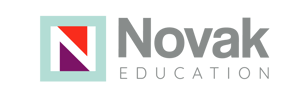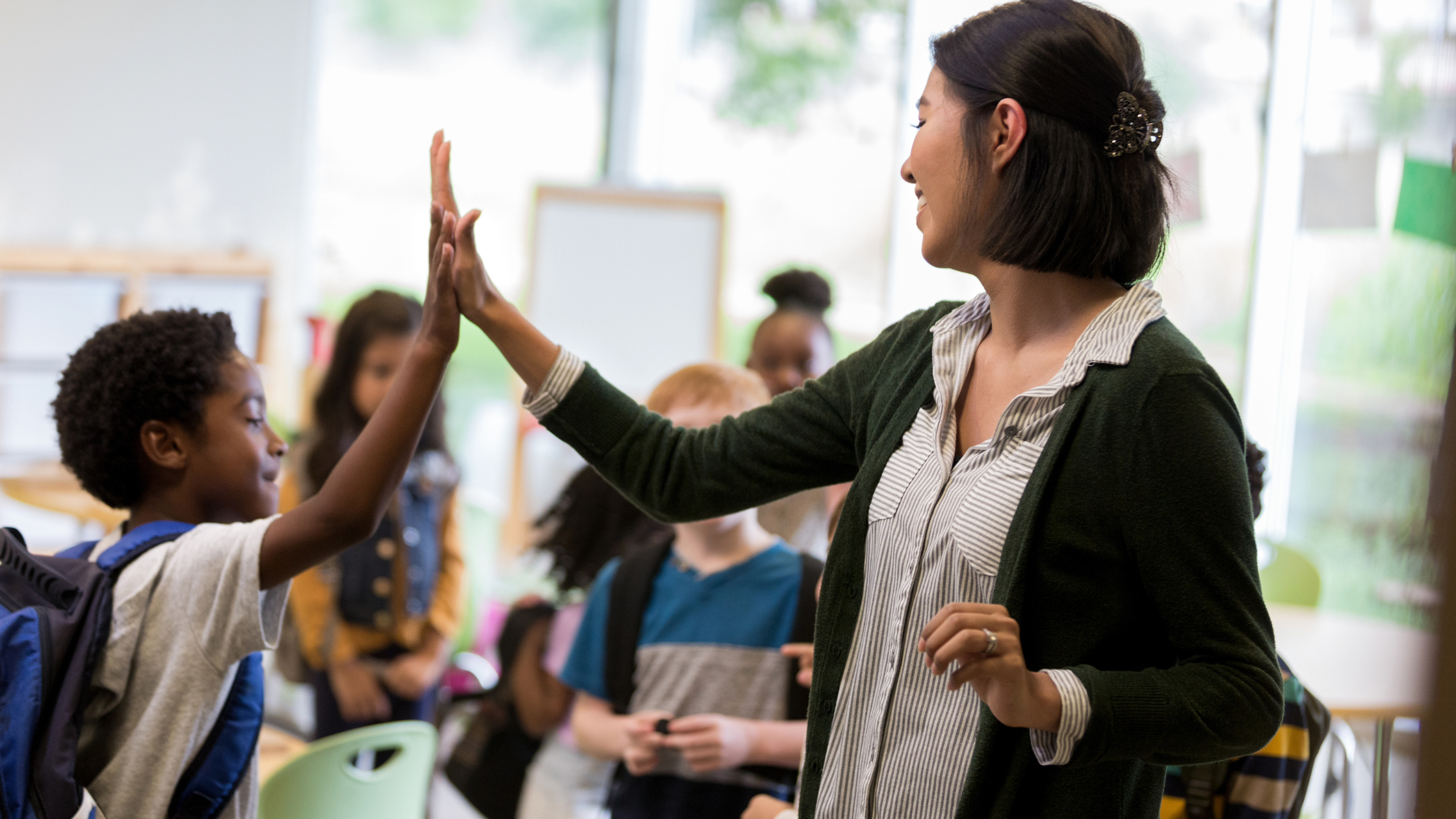Over this past year, I have had an amazing opportunity to see teachers, instructional assistants, specialists, and administrators embrace Universal Design for Learning (UDL) at its core. It’s a beautiful thing and one that leaves me with hope and clarity for what I have deemed the 4 C’s for creating inclusive, equitable education for all. I believe the 4 C’s ground our work in support of every learner. If we [teach, lead, support] with:
- Compassion: We honor each learner's journey and take action to build from strengths, not deficits.
- Curiosity: We ask questions of the students, our colleagues, and parents/guardians/caretakers and . We wonder what’s possible instead of assuming what’s not. We challenge the system and expect better.
- Creativity: We rethink the design of our classrooms, lessons, school buildings, and systems.
- Collaboration: We do this work together. Side-by-side. Lesson by lesson. Day by day.'
Since my background over the last 10+ years has been in special education, I often find myself being curious and collaborative about how schools can transition from special education pull-out services to more inclusive practices, including Universal Design for Learning and Specially Designed Instruction. Are you ready to see how this can happen?
From Pull-Out Services to More Inclusive Practices 
Let me take you into a 3rd grade classroom.
The learning goal (aka standard)? Oral fluency and expression through reading poetry. The class is engaging with “Sick” by Shel Silverstein, laughing at its rhythm and silly story. One student, Oliver, beams as he listens, but begins biting his nails and tapping his pencil as he thinks his turn is soon to read aloud. You see, Oliver has an IEP goal focused on decoding multisyllabic words and reading with expression.
His IEP goal: By 2/8/2026, when given a grade-level passage, Oliver will read at least 100 correct words per minute (cwpm) with 98% accuracy for 2 out of 3 trials as measured by teacher-recorded data.
Now, if you’re like me, you may be thinking to yourself, maybe we could write the IEP goal without the timed specificity, knowing that this student also has an accommodation specific to receiving extra time, but I digress…let’s get back to the classroom.
In his classroom ( general education -tier 1 instruction) the lesson is already designed using UDL:
- Students have multiple ways to engage—through partner reading, poetry performance, or visual interpretation.
- Students are offered choice and voice—some students choose to annotate the poem, others draw scenes, while others act it out, allowing the students to gain confidence with the vocabulary, syntax, and the crystal clear, firm goal: read with fluency and expression.
And for Oliver? This is where SDI lives within the structure of the lesson and classroom, not outside it.
We pre-teach key vocabulary with decoding support. We give Oliver access to an audio model of the poem. During performance time, he uses highlighted text with pacing cues and has the option to perform in a small group. The goal stays the same. The path gets individualized-. That’s SDI. It’s not an extra worksheet. It’s not a separate moment. It’s embedded. Strategic. Intentional. And it lives inside an inclusive, equitable classroom, because every student is a general education student first.
Even though SDI is aligned to the IEP goal, which is often considered compliance, this is not that. It’s about equity, creating space and place for Oliver to feel safe, supported, and an active member of the classroom. When we design with both UDL and SDI in mind, we honor the full humanity of our students. We celebrate the diversity and the disabilities of our students. We stop asking “How do I fix the student?” and start asking, “How do I design a space where every learner can thrive?”
That’s a big shift. And it takes teamwork. It takes co-planning between general and special educators. It brings clarity, shared vision, and time to align instruction to student needs and IEP goals. It’s not always easy, but it’s worth it and can be a beautiful thing.
Co-Planning Exercise for General and Special Educators
Feeling inspired and ready to co-plan? Here are three quick co-planning questions that general and special education teachers can use to bring UDL and SDI together in practice:
- What are the clear learning goals of this lesson, aka firm goals, and how will all students know what success looks like?
- What barriers might exist, and how can we proactively design supports or adjustments (including SDI) to remove them?
- How can we offer voice, choice, and authentic opportunities for students with IEPs to meet their goals within this lesson?
These questions help anchor our planning in clarity, equity, and student agency—and they remind us that when we plan together, we build better for everyone.
So let’s keep designing with purpose. Let’s keep growing. And let’s keep showing up for each other and our students. Because when UDL and SDI come together, we don’t just create access—we create momentum. We reinforce the bridge we’re building for every learner.
Want to learn more about how to co-plan together?




